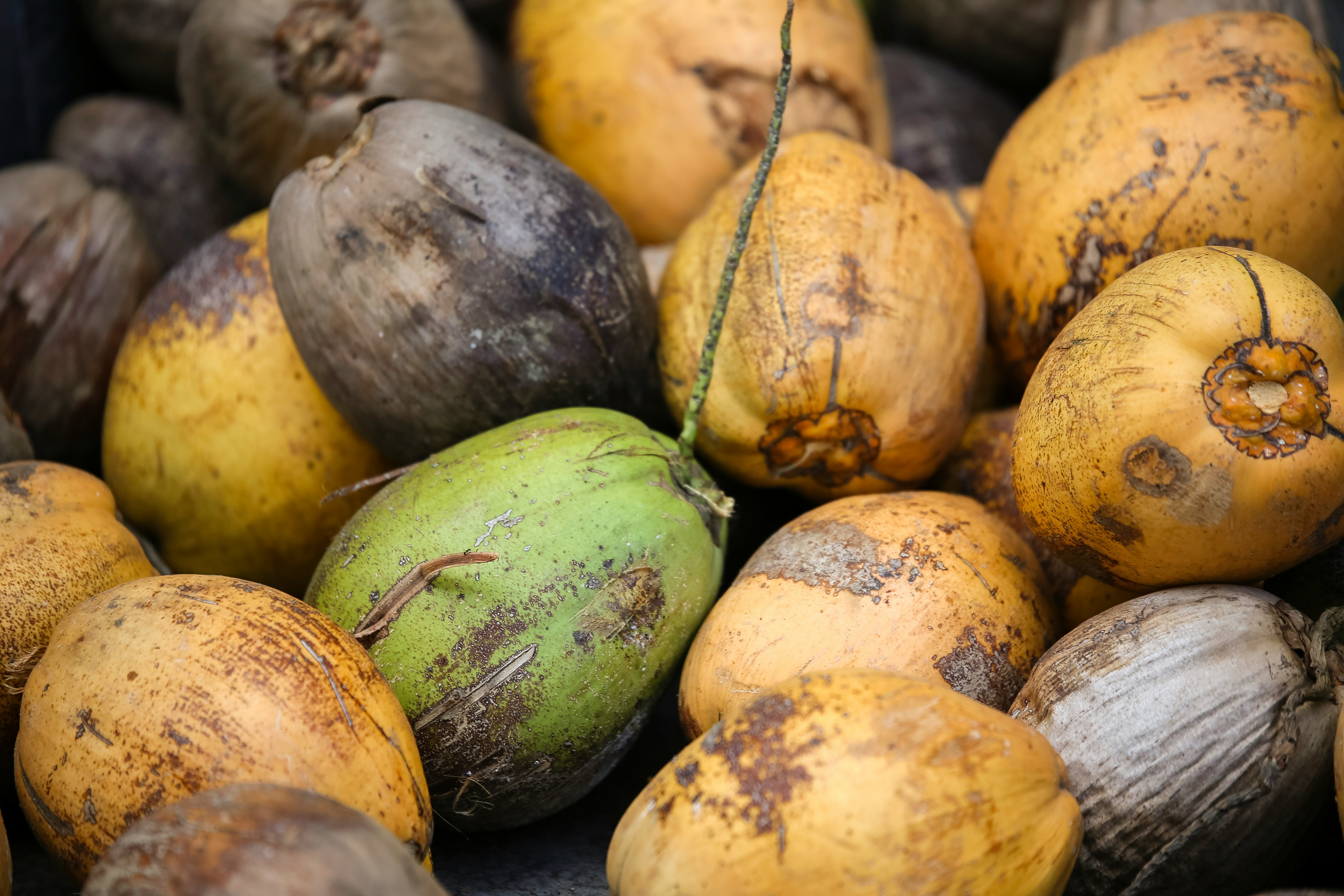Farm operators who have had to manage infestations know the importance early pest detection. Failure to prevent them can result in substantial crop losses, not to mention substantial increase in corrective pesticide usage and thus reduced profit margins. Traditional manual inspection methods are time-consuming and often miss early signs of pest activity, leading to widespread crop damage before problems are identified.
Computer vision and AI technologies now offer automated pest detection solutions for farms, typically with the use of strategically placed cameras throughout orchards to continuously monitor crop health and pest activity. Advanced image processing algorithms analyse visual data to identify signs of pest presence, including leaf damage, insect activity, and early symptoms of infestation.

3 Main Types of Pests Affect Plant Farms
Plants can suffer from pests in different areas, including leaves, stems, fruit, root, bark, sap and seeds. Each type of pest requires different detection and treatment strategies to protect farm productivity.
Disease-spreading pests like whiteflies and aphids that transmit viruses and bacteria cause plants to wilt, discolour, or die.
Direct feeders such as caterpillars, locusts, and fruit flies eat leaves, stems and fruits, reduce crop yield and/or weaken the plant, which reduces the quality of produce.
Indirect damaging pests like mealybugs and scale insects weaken plants by sucking sap, creating conditions for mould growth or laying eggs that lead to maggot infestations. Such pests lead to stunted plant growth and reduced harvest.
How to Detect Pests on Plants with Vision AI
Farm operators know what a healthy plant looks like, but checks are often not timely enough to prevent the problem from growing. Modern farms that invest in pest solutions are choosing to use agritech that is able to provide continuous monitoring of their plant crops.
Common Indications of Pests Recognised by Vision AI:
- Pests on a plant by the pest's appearance or movement patterns
- Disease symptoms such as decay, mould growth and secretions
- Evidence of pest feeding on plants, such as bite marks, tunnelling and pest frass
- In leaves, common signs of pests include unusual spots, curling of the leaves and discolourations
- In stems, common signs of pests include abnormal stem structure
- In fruit, common signs of pests include external punctures and infestations
- In roots, common signs of pests include swelling and deformities
Benefits of Tech-Enabled Pest Detection
Saving Cost with Early Intervention and Precise Treatment
Unlike manual inspections that occur periodically, visual AI systems can monitor crops continuously, ensuring no pest activity goes unnoticed. Constant surveillance provides farmers with real-time alerts about potential pest issues.
Identifying pest problems in their initial stages allows farmers to take action before infestations spread across larger areas, significantly reducing crop damage and potential yield losses.
By precisely locating affected areas, farmers can apply pesticides specifically where needed rather than treating entire orchards. Taking a targeted approach reduces chemical usage, lowering both environmental impact and treatment costs.
Beyond detecting pests, AI-assisted pest detection systems can help agriculture companies capture information over time that is useful for planning and reporting.
Data for Making Better Decisions
Collecting and analysing pest activity patterns over time can help farmers understand seasonal trends and risk factors. Such information supports better planning of preventive measures and treatment schedules.
Through precise identification of problem areas, farmers can then optimise their use of pesticides and labour resources. This efficiency leads to reduced operational costs while maintaining effective pest control.
Automated pest detection systems maintain detailed records of pest activity and treatments, supporting compliance documentation requirements that might be required and enabling better long-term pest management strategies.
Integrated pest detection AI systems help farmers maintain healthier orchards while reducing reliance on broad-spectrum pesticide applications, protecting crop yields and also supporting more sustainable and cost-effective farming practices.
Speak to an AI expert about pest detection - book a meeting now.
Want to explore similar use cases? Tell us your requirements.
Share this
You May Also Like
These Related Stories

How Fruit Ripeness Detection Tech Can Help Farms Increase Profits

Poultry Spotlight: Monitoring Livestock Count, Behaviour and Health with AI




No Comments Yet
Let us know what you think